10 Top Tourist Attractions in Poland
After centuries of suffering at the hands of her enemies, Poland is now a strong, independent country, eager to take on her new position in the world. Polish locals have known for a long time, but now foreigners are learning: Poland is a country bursting at the seams with amazing art, breathtaking scenery, and fascinating landmarks.
Whether they visit Poland for its bustling cities, its scenic countryside filled with lakes and forests, or any of the other country’s many tourist attractions, travelers will return home with unforgettable experiences.
10. Wawel Castle
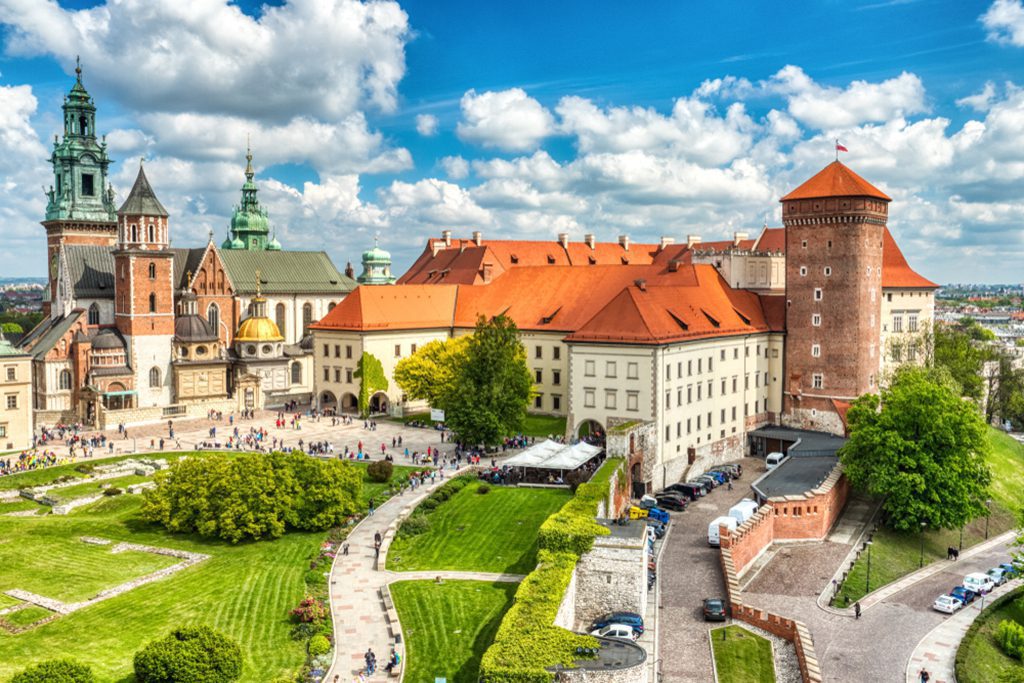
Wawel Castle is a popular tourist attraction in Krakow, Poland. Image source: RomanSlavik.com/Shutterstock.com
Wawel Castle was built on a location occupied by humans as far back as the Paleolithic Era. The original structure of the castle dates back to the 14th century, when it was commissioned by King Casimir III of Poland.
The renowned Szczerbiec coronation sword is the sole remaining component of the Polish Crown Jewels, and it is kept in the Gothic castle. This weapon, known as the Jagged Sword, has a blade etched with symbols and floral designs and a slot at the end to carry a small shield.
9. Auschwitz-Birkenau
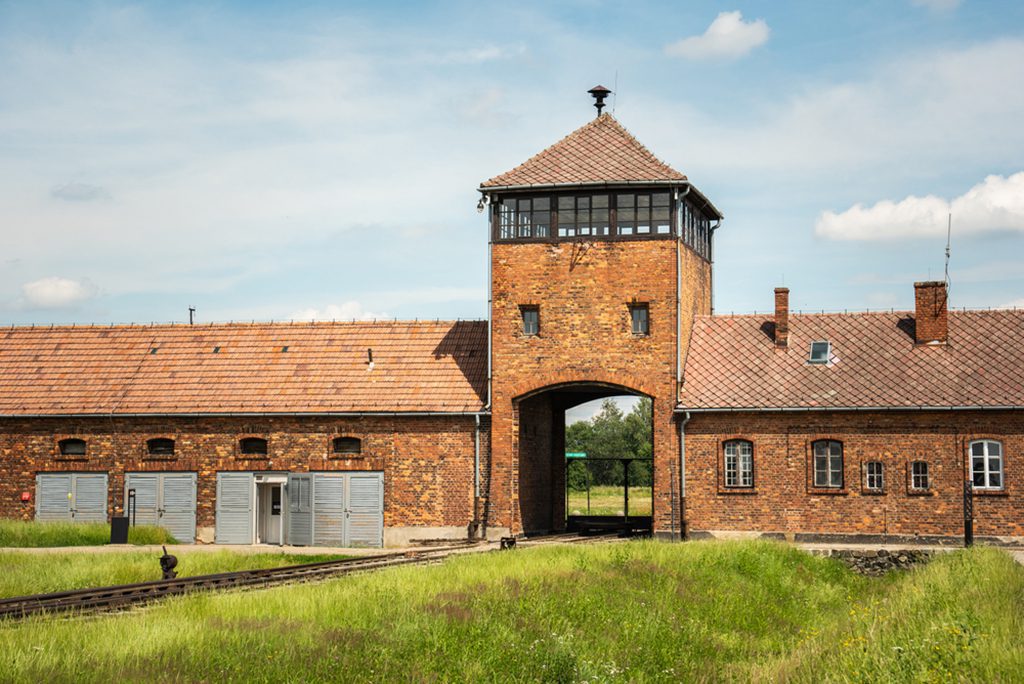
Auschwitz Birkenau Museum and Memorial is a somber reminder of the atrocities committed during World War II. Image source: Foto Matevz Lavric/Shutterstock.com
The impact of seeing Auschwitz-Birkenau for yourself is something that can’t be adequately described. One of the first things that strikes visitors to the monument and museum at the site of the historic Nazi concentration camp in Oswiecim, Poland, is the sheer scale of the building.
More than 25 million visitors have paid their respects at Auschwitz-Birkenau, a memorial to the victims of the Nazi concentration camps during World War II.
8. Masurian Lakeland
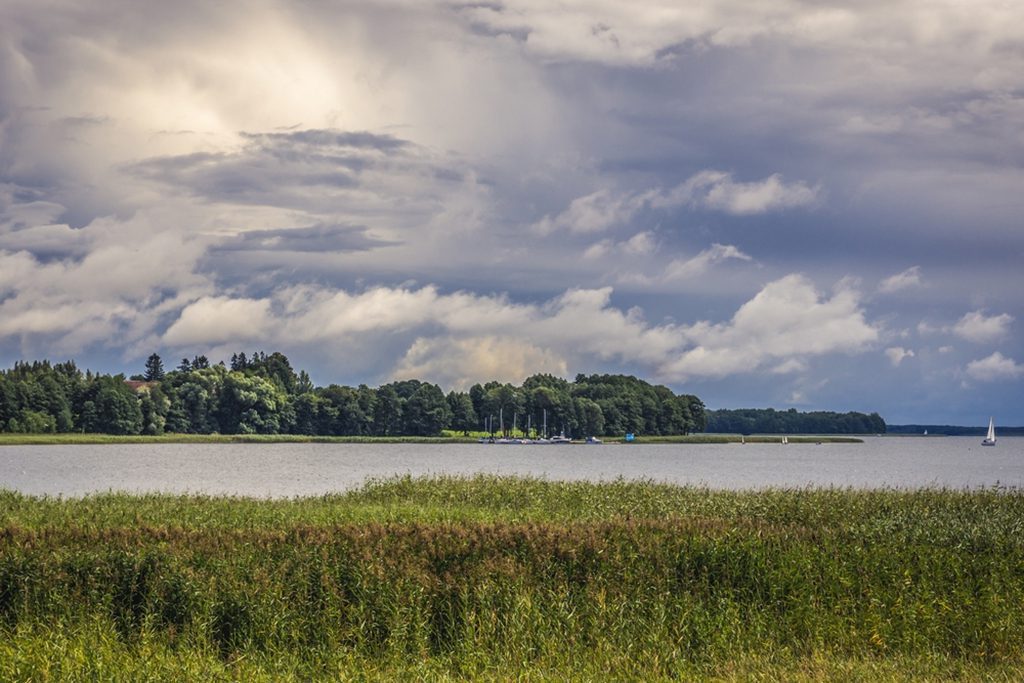
The Masurian Lakeland area in Poland is a popular tourist destination. Image source: Fotokon/Shutterstock.com
More than two thousand lakes are interconnected by a vast network of canals and rivers in the Masurian Lake District, which stretches from the lower Vistula River to the Lithuanian border.
Among Europe’s lake regions, the Masurian Lakeland is by far the most visited by vacationers. Tourists can find a wide variety of lodging options in the quaint villages that dot the lakescape, from hotels and guesthouses to campsites.
7. Slowinski Sand Dunes
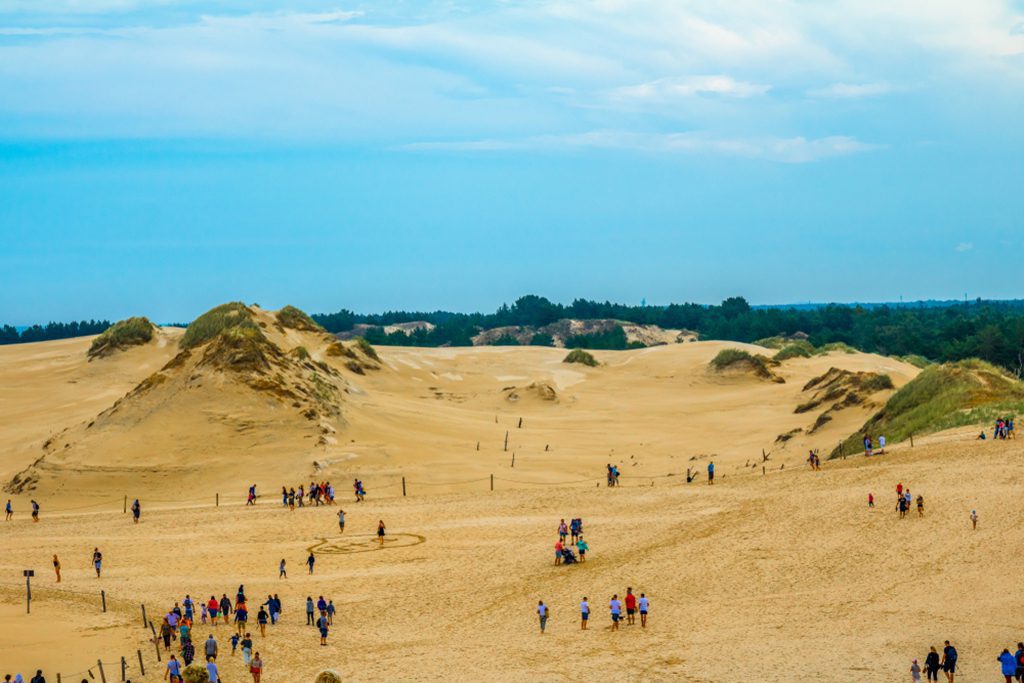
Slowinski National Park is a unique natural reserve in Poland. Image source: Tomi Mika/Shutterstock.com
The Slowinski Sand Dunes are a coastal feature of the Slowinski National Park in northern Poland, close to the Baltic Sea. The Slovincians, a people who previously inhabited the area and whose culture is commemorated at an outdoor museum in the nearby town of Kluki, inspired the park’s name.
The dunes, which are up to 30 meters in height, are produced when wind and waves deposit sand on the beach. The “moving dunes” are so named because their shapes change with the seasons.
6. Malbork Castle
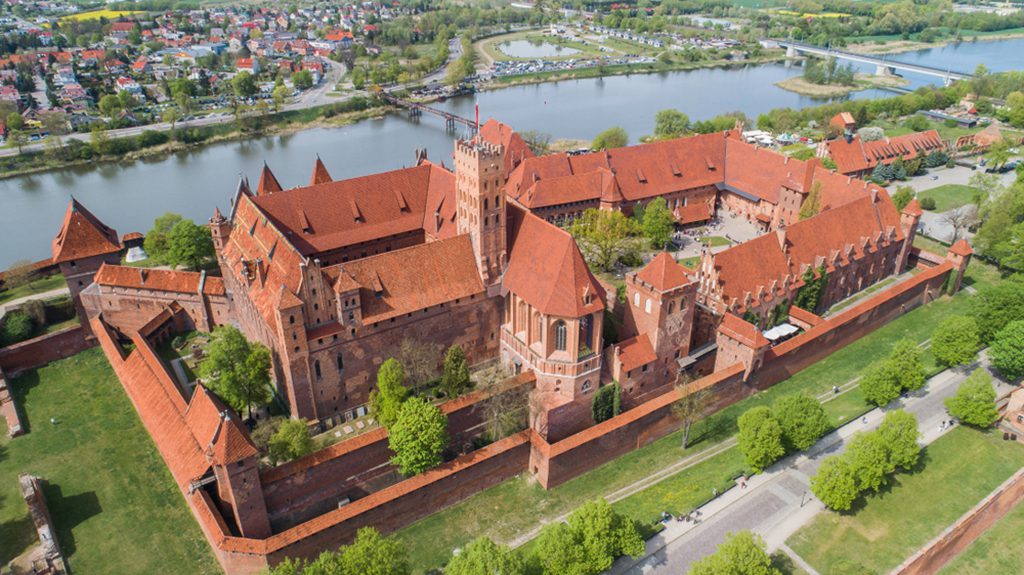
Malbork Castle is the largest medieval brick castle in the world. Image source: konradkerker/Shutterstock.com
The Teutonic Knights established their headquarters at Malbork Castle in 1274, using it to wage war against their Polish foes and establish their own control over the northern Baltic lands.
There were so many Knights that the castle had to be expanded multiple times until they finally had to abandon it and retreat to Königsburg in 1466. It has become Malbork’s number one draw for visitors.
5. Wieliczka Salt Mine
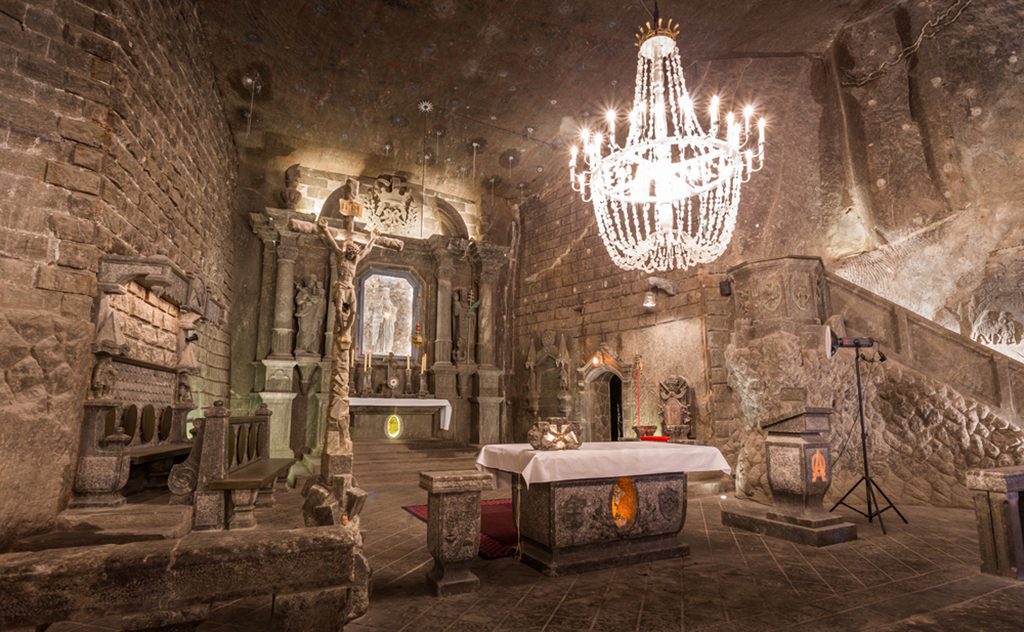
Wieliczka Salt Mine is one of the oldest salt mines in the world. Image source: Kanuman/Shutterstock.com
The Wieliczka Salt Mine, on the outskirts of Krakow, is one of the oldest operating companies in the world. Since the 13th century, salt has been consistently extracted there.
The location is home to an underground city sculpted out of rock salt, complete with a chapel believed to have the best acoustics of any building in Europe. There are dozens of salt sculptures from different time periods, as well as newer works by modern artists.
4. Bialowieza Forest
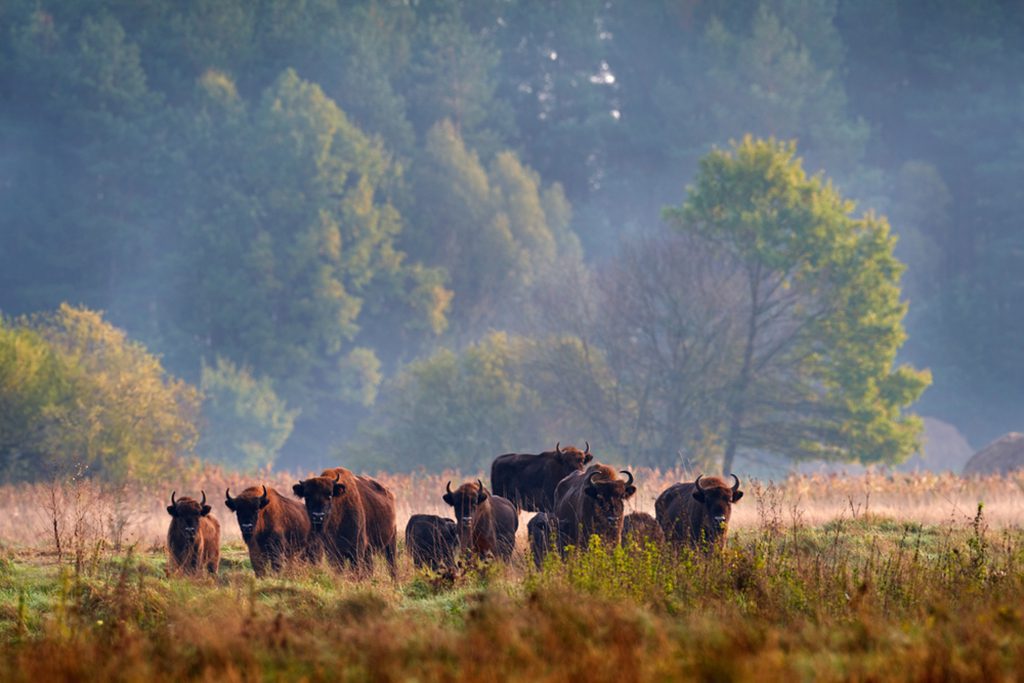
Bialowieza National Park is home to one of the largest bison herds in the world. Image source: Ondrej Prosicky/Shutterstock.com
Primitive forests formerly spread throughout much of Europe, but now only the Bialowieza Forest remains. It’s possible to pass from Poland into the Republic of Belarus on foot or by bike, since the forest borders the boundary between the two countries.
Roughly 800 wisents, a rare type of European bison, live in the Bialowieza Forest. Guests can take a guided tour on foot or in a horse-drawn carriage to see the wisent while they are safely contained inside enclosed areas.
3. Gdansk Old Town
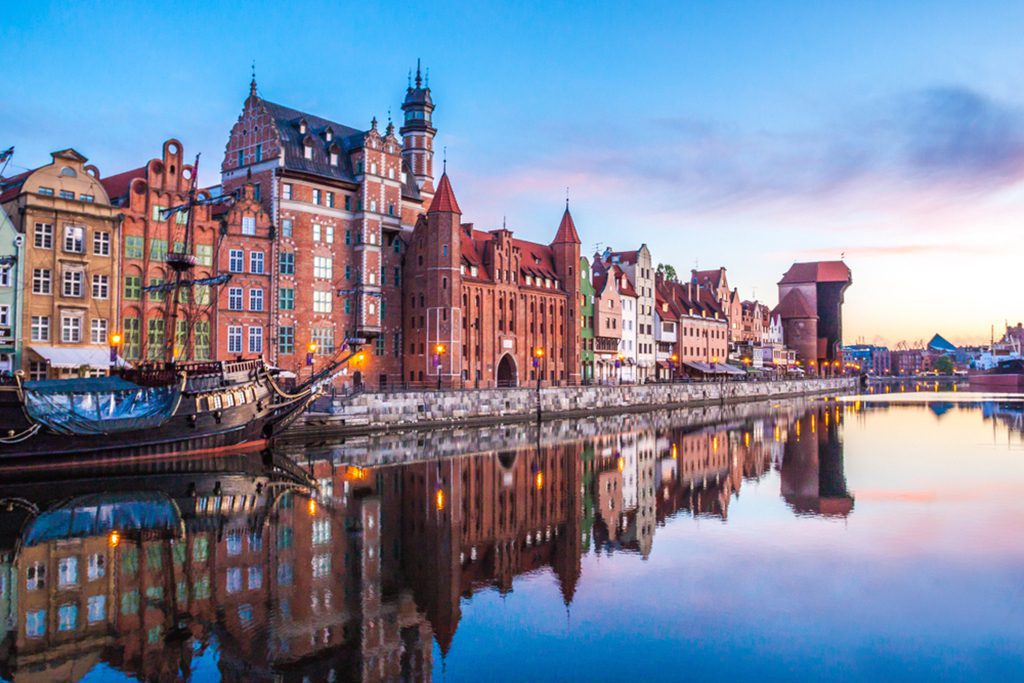
Gdansk is a historic city on the Baltic coast of Poland. Image source: Tomasz Guzowski/Shutterstock.com
Altstadt, or “Old Town,” in Gdansk, a city on the Baltic coast, got its name because the fortresses built by the Teutonic Knights in the 14th century stood in stark contrast to the existing town.
Casimir IV, King of Poland, sanctioned the destruction of Teutonic Knights-built structures in the 15th century. Gdansk’s Old Town is home to several granaries, mills, and churches from the 17th century.
2. Warsaw Old Market Place
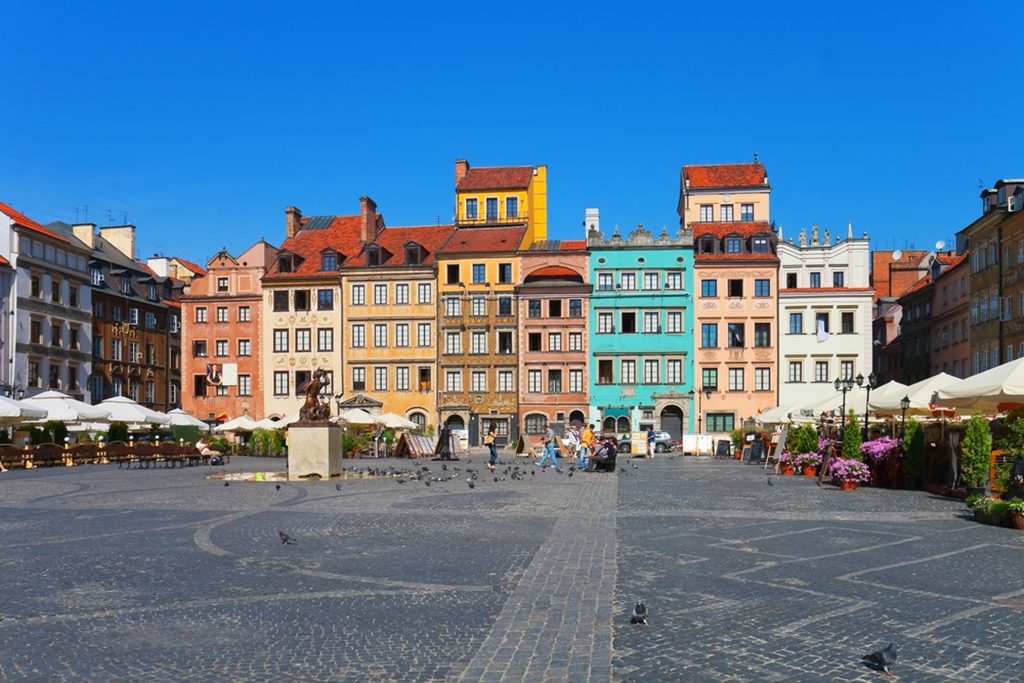
The market square is the heart of the old town in Warsaw, Poland. Image source: Oleksiy Mark/Shutterstock.com
Warsaw was established in the late 13th century, and for the next 500 years, the city’s central market served as the cultural epicenter of Poland.
Due to bombing during WWII, the original Old Town Market Place was completely destroyed, but it was rebuilt with great care very shortly after the war ended. A bronze statue of the Warsaw mermaid, the city’s unofficial mascot, stands in the market square.
1. Main Market Square
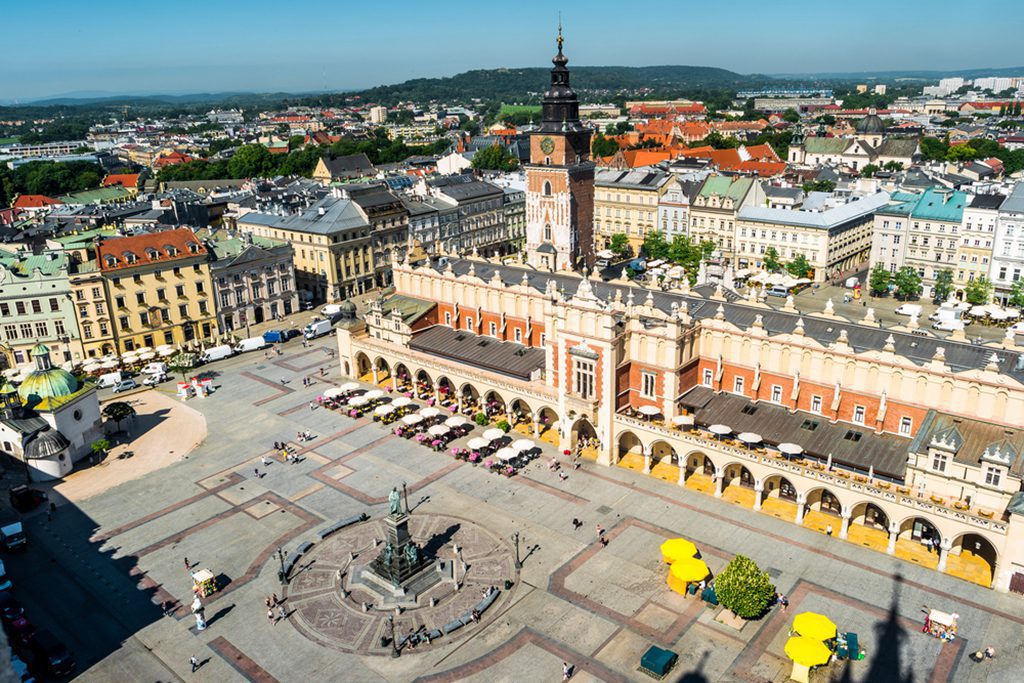
The central square is the main tourist attraction in Krakow, Poland. Image source: In Green/Shutterstock.com
The Main Market Square in Kraków’s Old Town dates back to the 13th century and is the largest medieval town square in Europe.
Historic townhouses, palaces, and churches surround the square. The Renaissance-style Cloth Hall, which was restored in 1555, stands tall in the middle of the square, and its lovely attic is the cherry on top.


